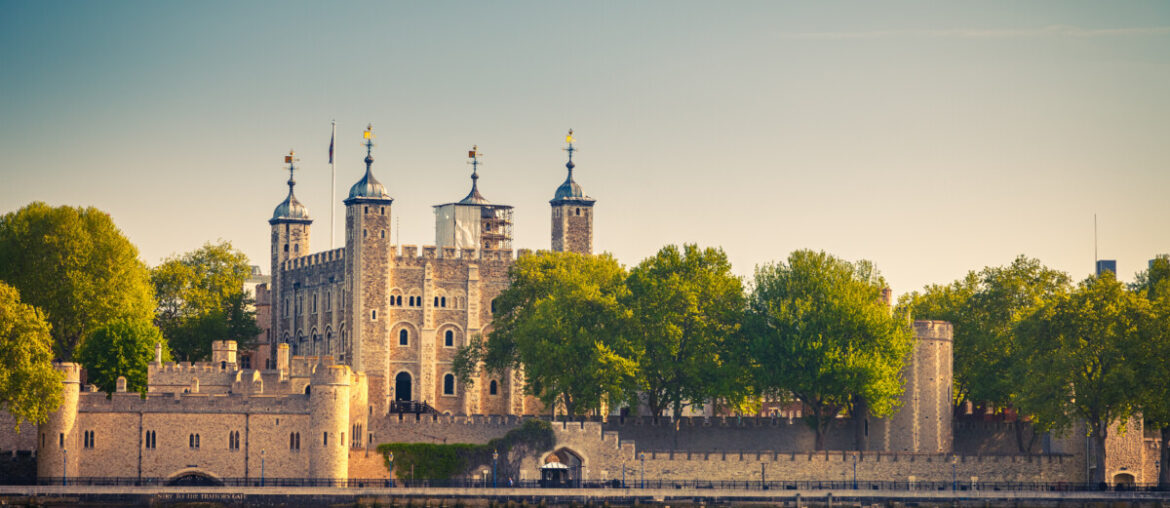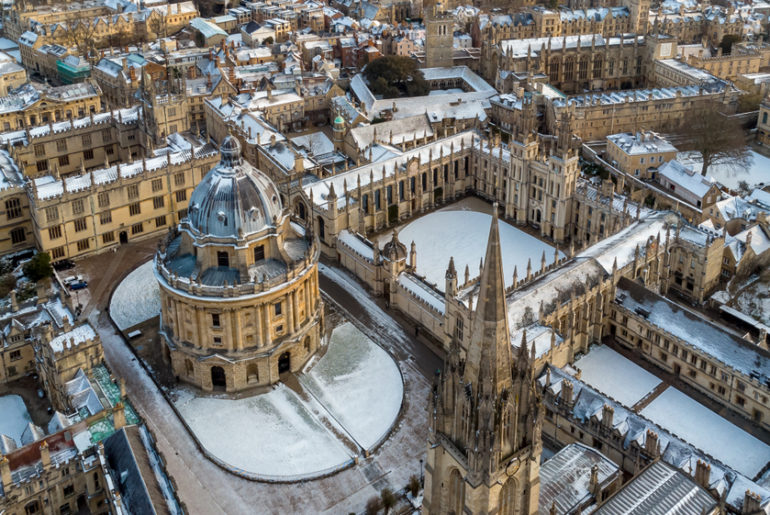Great Britain has a rich and turbulent history. Today, the UK is well-known for once having the world’s largest empire. But before the days of colonialism, Britain was invaded by tribes, empires and nations on countless occasions.
If you’re interested in learning about the history of the British Isles, consider exploring some of the island’s most iconic historic landmarks and taking one of our day tours from London. Here are a few recommendations.
Stonehenge, Wiltshire
Stonehenge is one of the world’s best-preserved prehistoric sites. This Neolithic monument has been standing for over 4,500 years. Today, we still don’t know exactly what it was used for, but theories range from a burial ground to a coronation site for Danish kings.
We know that Stonehenge is the world’s only remaining lintelled stone circle. This British icon and UNESCO World Heritage Site attracts over a million visitors annually.
Hadrian’s Wall
The British Isles were inhabited by Celtic tribes for millennia until the Romans invaded and conquered the vast majority of Great Britain in 43 AD. Even the Romans, however, couldn’t take control of Britain in its entirety.
So, under the orders of Emperor Hadrian, Hadrian’s Wall was built in 122 AD to deter incursions from rebels north of the wall. Hadrian’s Wall defined the Roman Empire’s northern frontier – not the border between Scotland and England.
Anglican Tower, York
The fall of the Roman Empire opened Britain up to foreign invasions. By 410 AD, almost all Roman forces had left the British Isles. Consequently, Germanic tribes – namely the Jutes, Angles and Saxons – started landing on Britain’s shores.
One of the oldest Anglo-Saxon landmarks is the Anglican Tower, built into York’s Roman city walls between 400 and 700 AD.
Lindisfarne Priory, Holy Island
The Anglo-Saxons formed kingdoms throughout Great Britain, but they faced many threats. Around 793 AD, the Vikings started raiding British towns and villages, starting with the raid of Lindisfarne Priory.
The priory was an important centre of Christianity in Anglo-Saxon England when it was founded in 634 AD. In 793, the Vikings raided and pillaged Lindisfarne, causing great distress throughout the Christian West. This raid sparked the beginning of the Viking Age.
Tower of London
The Tower of London was constructed in 1066 as part of the Norman Conquest, and it’s remained in the hands of the British royals ever since. During its long lifespan, the Tower of London has played an important role in British history.
It has served as a prison, royal residence, treasury, Royal Mint, execution site and public record office. Today, the Tower of London is open for public tours and houses the Crown Jewels of England. It’s one of the British capital’s many iconic landmarks.
The British Museum, London
The British Museum was established in 1753. It has around eight million works in its permanent collection, many of which were collected during the age of British colonialism. It’s one of the best places to learn about human art and cultural history. Here, you can see artefacts from many civilisations, including Ancient Egypt, Greece and Rome.
If you want to discover Britain through the ages, you might want to start by visiting the nation’s oldest landmark, which is undoubtedly Stonehenge. See this staggering monument for yourself by booking one of our Stonehenge Tours.






